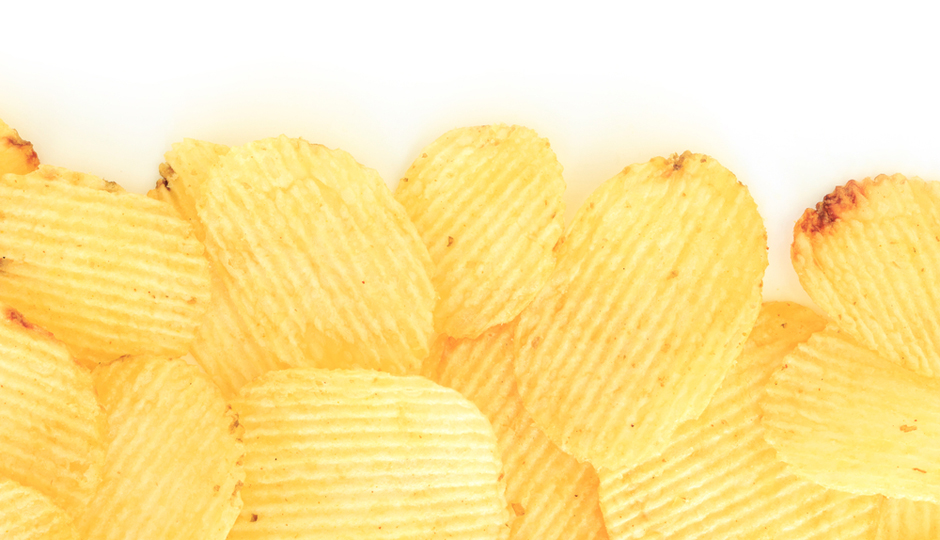You’re Probably Eating Way Too Much Salt (But It’s Not Your Fault!), Survey Says
Unless you have a diagnosed condition, like high blood pressure, I’m almost positive you don’t pay a lick of pay attention to your salt intake. I know I don’t, because I’ve always assumed that I’m just fine — and by “fine,” I mean falling well below the recommended limit of 2,300 milligrams of sodium a day — since I’m not one to douse my food with shakes of table salt all that often.
But apparently sodium-intake ignorance, according to new data from the Centers for Disease Control and Prevention, is the average American’s dietary peril: It shows that 89 percent of U.S. adults consume way more salt than is recommended — in some cases nearly double what the guideline prescribes for healthy sodium intake.
From NPR:
On average, men between the ages of 19-51 consumed about 4,400 mg a day, while women were getting about 3,100 mg a day, according to the CDC report. The numbers were slightly lower for adults 51 and over. Some 90 percent of U.S. children of all ages also far exceeded the recommended daily amounts for their age groups. For example, boys and girls ages 9-13 consumed about 3,300 mg and 3,000 mg respectively, well above the 2,200 mg a day deemed healthful for them.
What’s interesting is that a lot of the salt we eat isn’t even the result of overzealous table-salt application. It’s the crazy levels of sodium in processed foods and restaurant meals that are pushing our intake quite literally off the charts. And the problem is that, in many cases (particularly when it comes to restaurant foods), info on the amount of sodium in those foods isn’t readily available, so keeping track of how much we’re consuming is pretty darn difficult.
I know, I know, talking about sodium is boring. But it’s super important when you think about it in the context of your health, since too much salt can not only put you in a high-blood pressure situation (which puts an extra burden on your heart), it can also increase your risk for stroke, heart failure, osteoporosis, stomach cancer and kidney disease.
So, it’s time to start caring. The easiest solution, of course, is to wean yourself off those processed foods, and keep your dining out excursions to the occasional treat, instead of a three-nights-a-week habit. (And don’t forget about all the lunches you eat out, too!) You should also become much, much more vigilant about what you’re putting in your body, particularly if you’re not preparing it yourself.
Here, a quick look at the sodium counts in some popular restaurant foods. The more you know, y’all.
Chipotle chicken burrito: 2,520 milligrams of sodium
On a flour tortilla with brown rice, black beans, salsa, cheese, guac and lettuce
Wawa Shorti turkey hoagie: 2,420 milligrams of sodium
On a Shorti roll with oven-roasted turkey, white American cheese, mayo, lettuce, onions, pickles and sweet peppers
Herr’s barbecue potato chips: 240 milligrams of sodium in one serving
*There are 13 chips in a serving.
Chick fil A spicy chicken sandwich with medium fries: 1,780 milligrams sodium
Wendy’s Jr. cheeseburger with medium fries: 1,240 milligrams sodium
Dunkin’ Donuts chocolate crumb cake donut: 490 milligrams sodium
Like what you’re reading? Stay in touch with Be Well Philly — here’s how:
- Like Be Well Philly on Facebook
- Follow Be Well Philly on Twitter
- Follow Be Well Philly on Pinterest
- Get the Be Well Philly Newsletter



